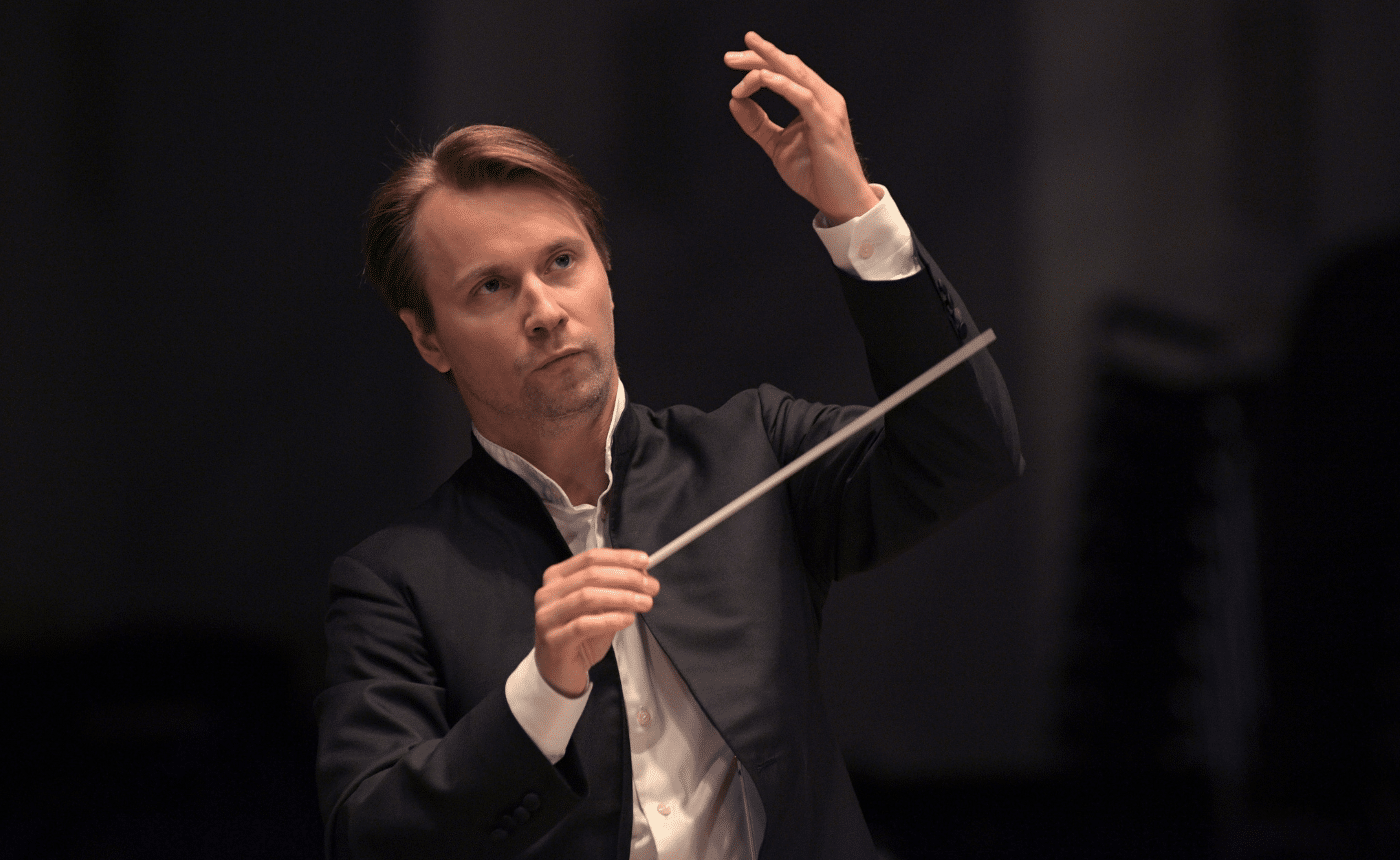Stravinsky – The Rite of Spring
Written by Jeff Counts
Instrumentation: piccolo, 3 flutes (3rd doubles piccolo), alto flute, 4 oboes (4th doubles English horn), English horn, Eb clarinet, 3 clarinets (2nd doubles bass clarinet), bass clarinet, 4 bassoons (4th doubles contrabassoon), contrabassoon, 8 horns (7th and 8th double Wagner tuba), 5 trumpets, bass trumpet, 3 trombones, 2 tubas, 2 timpani, bass drum, tamtam, triangle, tambourine, guiro, cymbals, crotales, strings.
Duration: 33 minutes in two parts (with a short pause).
THE COMPOSER – IGOR STRAVINSKY – By the second decade of the 20th Century, Stravinsky was a star. Two huge successes with Diaghilev’s Ballet Russe – Firebird and Petrushka – had his name on the tips of every tongue in Paris and even elicited a bit of respectful envy from Claude Debussy. These were heady times for the 28 year old Russian and his audience, who waited with collectively held breath to see what would follow in 1913.
THE MUSIC – So much has already been written about the riot that erupted in the audience during the premiere of The Rite of Spring that it can be tempting to avoid the subject altogether now. Is the music famous because of its infamous debut or does it merit its place on the topmost shelf of music history based on the brilliantly groundbreaking new language from which it was created? Certainly, both. After all, the riot did happen and it was the result of many factors. In addition to the shocking nature of the score, there was much for the artistically conservative factions of the audience to deride in the costumes, the choreography and the pagan subject matter. To be fair, once the protests (among them satirical calls for doctor and even a dentist) and the counter-protests (such as the suggestion by composer Florent Schmitt that the society ladies near him “shut up”) took hold, the music became essentially inaudible over the din. Critical success would follow in later performances and the tumult of the premiere was never repeated. The Rite of Spring may well be the most important and influential work of the 20th century. By 1929 the New York Times proclaimed it as significant to its time “as Beethoven’s Ninth is to the 19th century.” In one stroke of compositional genius, Stravinsky turned every aspect of compositional creativity on its head and changed the course of musical thought forever.
THE WORLD – 1913 was a year of civil war in Mexico and the assassination of King George I in Greece. The United States began parcel post service that year and New York’s Grand Central Terminal was opened in February.
THE CONNECTION – The Rite of Spring is part of the regular repertory of the Utah Symphony, with no less than ten Masterworks performances since 1955. The most recent concerts were in 2007, under Keith Lockhart.











